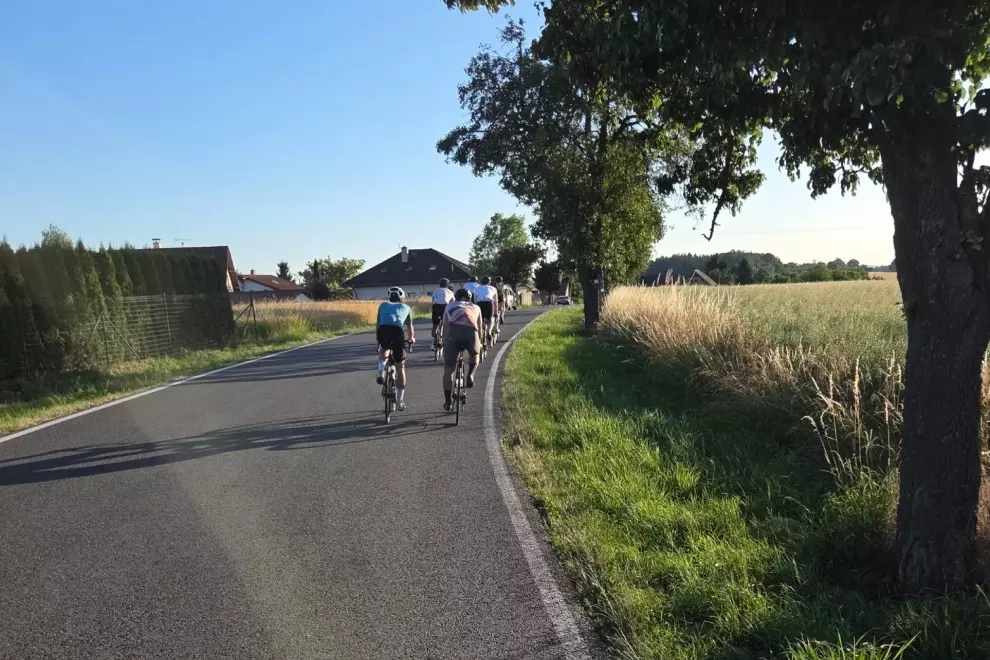It all started with big cities. The first to completely ban six-day races was New York in 1898, followed by Albany. Wondering about the reasoning behind the sudden decision? Cycling races were labelled unsafe and unsavoury. To make sure bicycling enthusiasts wouldn’t circumvent the ban, the then New York governor, Theodore Roosevelt, passed a law making any race longer than twelve hours in any twenty-four-hour period a misdemeanour. Similar laws spread across many states of the US.

A boom of motorcycles and motorcars also played a major role in the whole cycling drama. A supporting actor called ‘boredom’ played a part as well. The spectators simply grew too accustomed to women’s cycling and its reputation became tarnished. To try to avoid a complete disappearance of races from the map, the organizers moved the events from big cities to smaller ones. But this solution couldn’t work in the long run.
The women’s races organizers still kept some hope: after all, women’s cycling had that fresh and sexy ambience arousing public curiosity. But despite their many efforts, the initial exoticism of female racers could not keep the whole industry alive forever.
The hosts decided to make the events shorter. They cut them at a maximum of sixty minutes per night. The distances in the six-day races were shortened. The twelve-hour races that took place in the past would require the participants to average a minimum of 18.75 mph to qualify for the prize money. Now, that minimum changed to 20 miles an hour. The idea was that a bit more adrenalin and higher performance of the contestants could attract more spectators. Well, not really.

The attempts to save this racing format became more and more desperate. They involved entertaining side events, such as the one where trick rider Harry Omes rode down steep wooden steps leading from the balcony of the Tomlinson Hall, straight down to the infield. Another race would be accompanied by dog trainers showing off the tricks they taught their pets.
When these proved to be not as effective as the organizers wished them to be, they resorted to livening up the races with broadsword combats. While the two swordsmen engaged in the battle, female riders whizzed around, trying their best to claim the victory. The whole surge of such gimmicks was quite self-explanatory: the cycling era was on its inescapable descent.
In America, a basketball fascination replaced the women’s cycling craze. By 1902, all the greatest female riders, such as Tillie Anderson or Lizzie Glaw ended their careers and came back to their previous, “normal” lives. It seemed that for ladies, the racing days were over. But, as we know, the story had a happy end: the 21st-century world is full of stories of legendary female racers.




